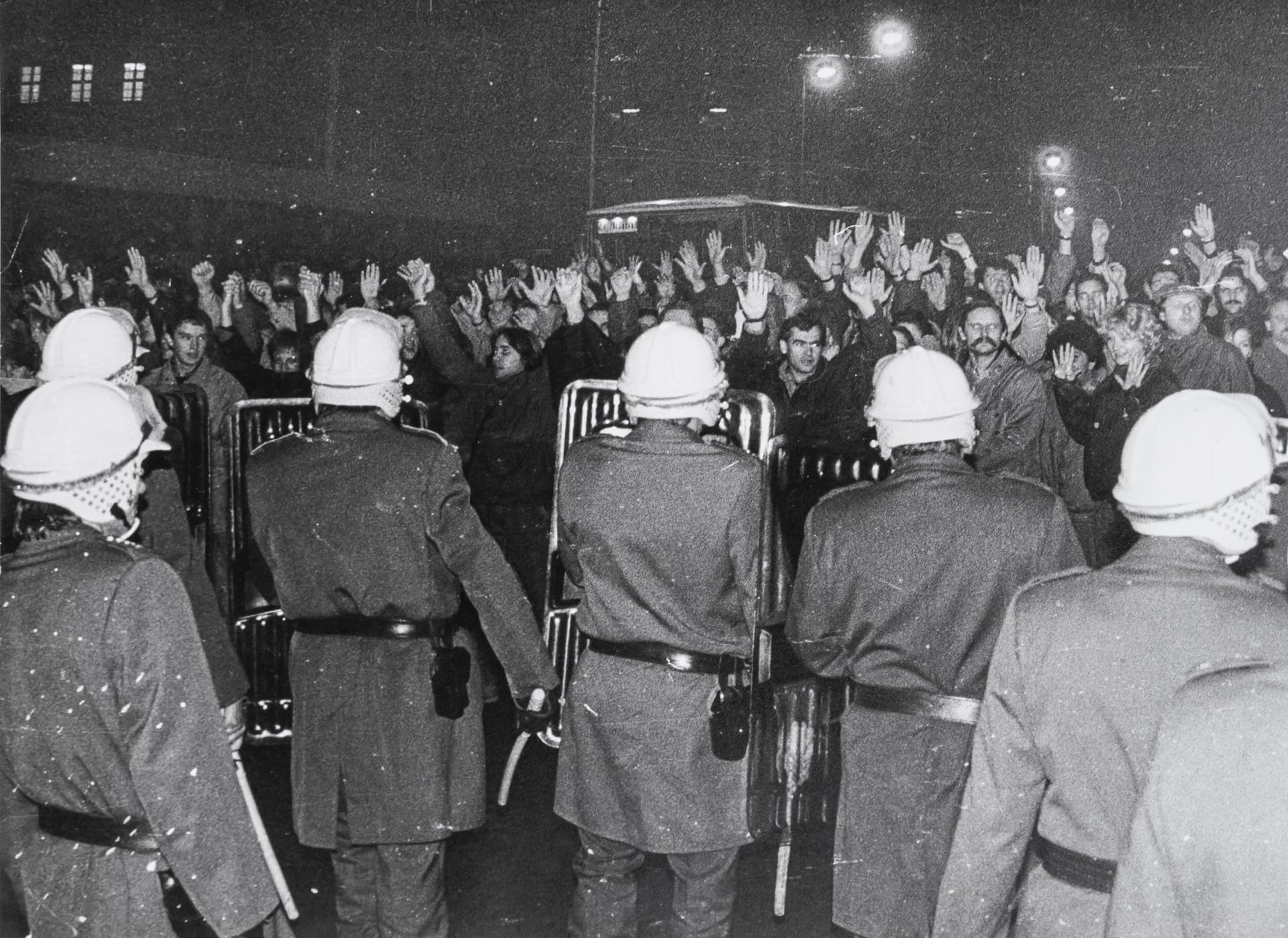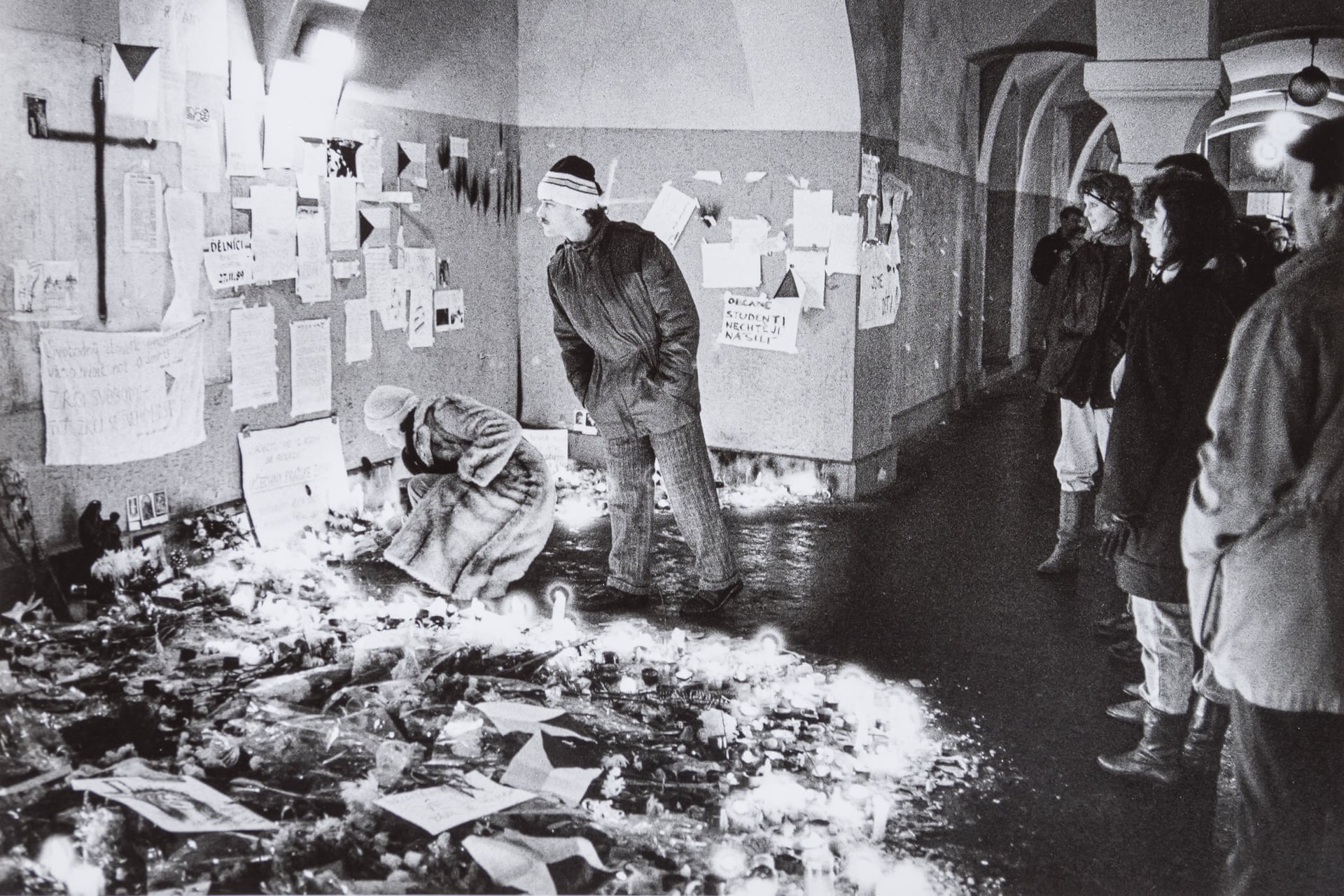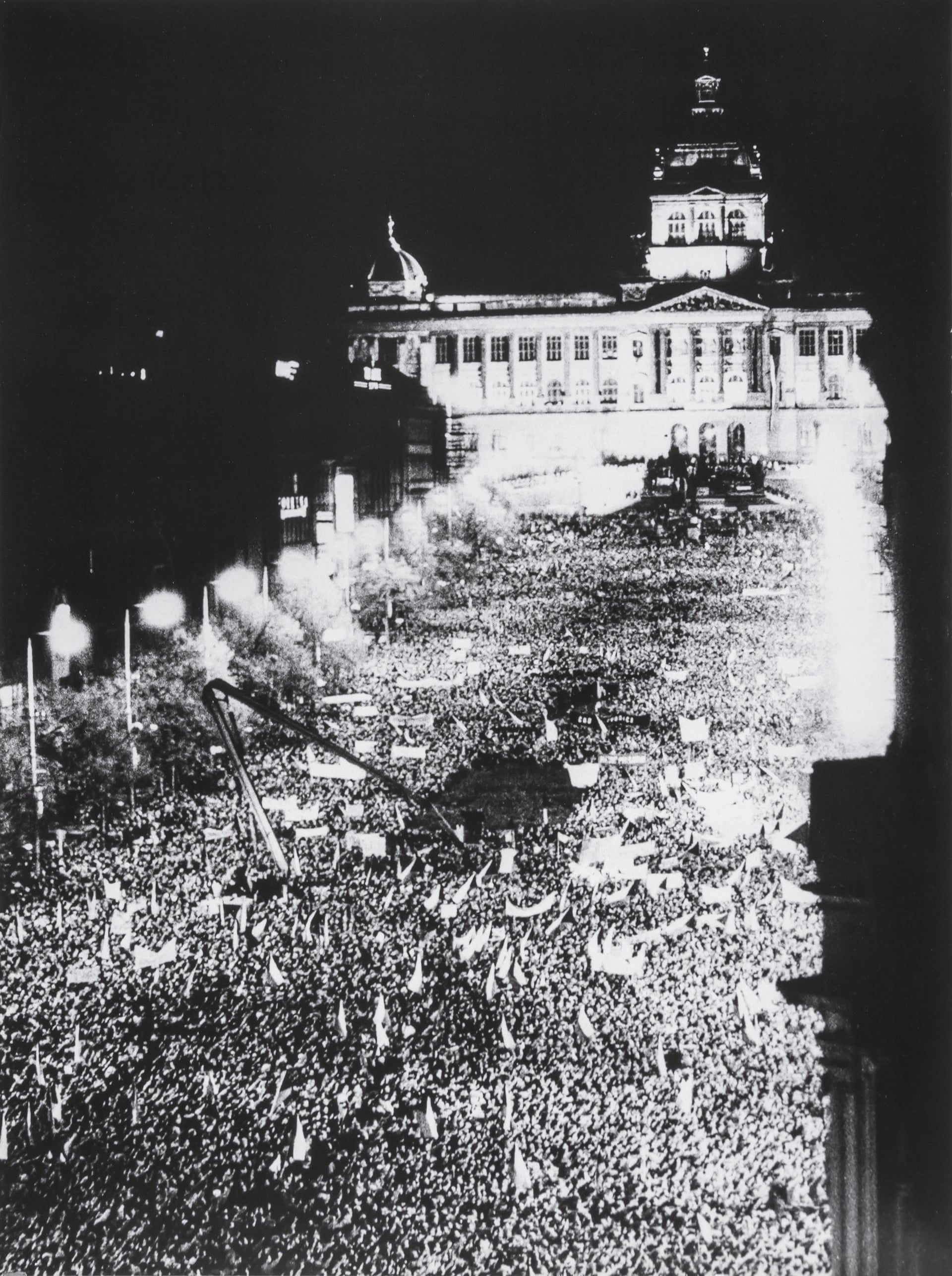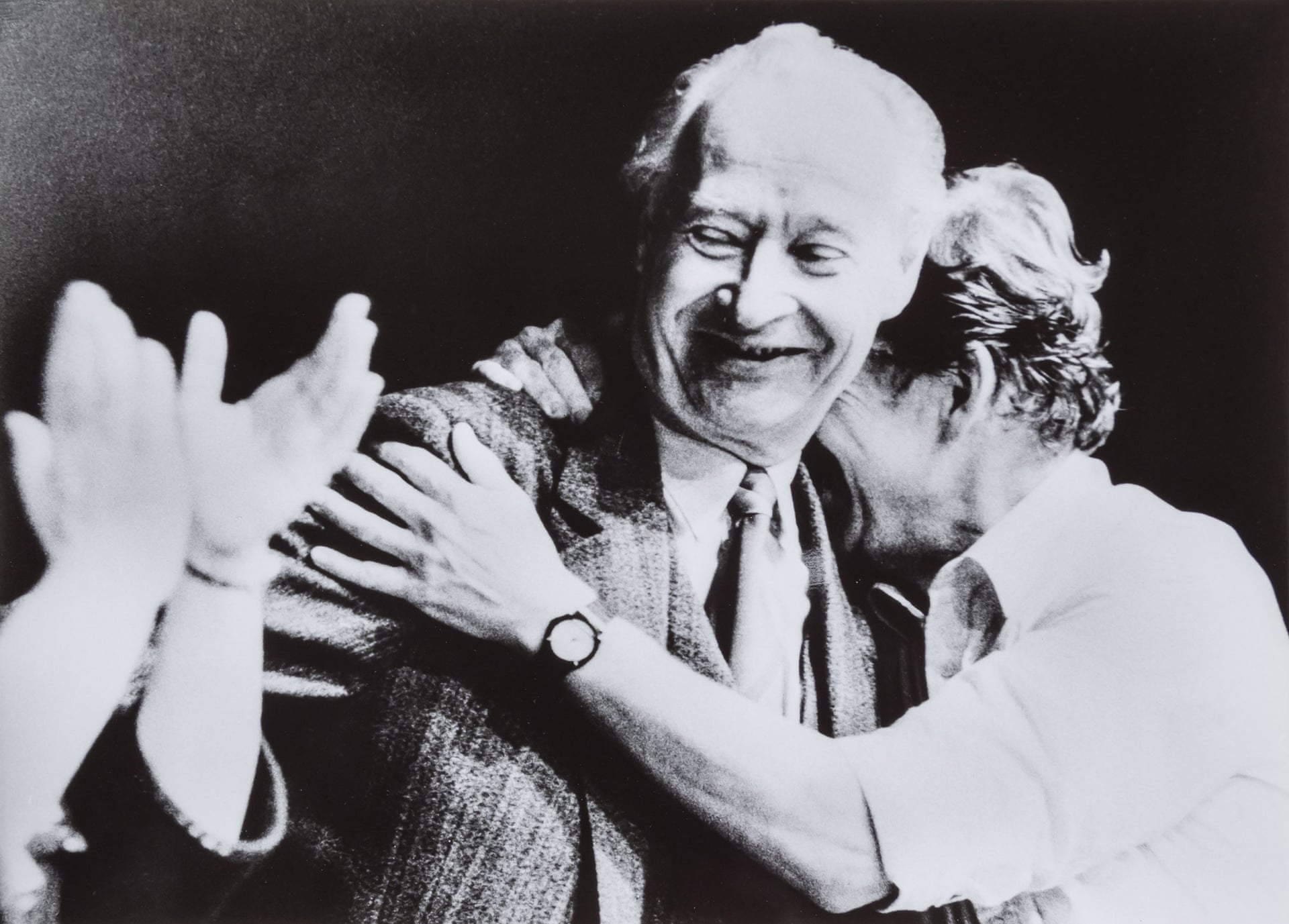Most
of us are familiar with the story of Florence Nightingale. The heroine of
hundreds of primary school history lessons, her valiant efforts to clean up
hospitals in the Crimean War saved thousands of soldiers' lives, and changed
nursing forever, with its focus on caring and cleanliness. After the war was
over, she returned to Britain, and dedicated the rest of her long life to
improving standards in nursing and hospital cleanliness, including submitting
radical new designs for hospitals to improve the care of the sick.
Seen here in totally accurate drawing definitely made at the time
But
for all her good works, Florence Nightingale has a problem, which makes her a
terrible choice of name for these new NHS hospitals. The Crimean War took place
from 1853-1856. At this point, the commonly accepted theory for the cause of
disease was the miasma theory- this stated that disease was transmitted through
'bad air,' caused by the rotting or decay of material. This was central to
Florence Nightingale's thinking: when she ordered the hospital wards cleaned,
and the buildings totally redesigned to allow for more air and light, it was
miasma she was trying to combat.
Yet
scientists had also noticed something interesting. When this rotting material
was looked at through microscopes, it was seen to contain thousands of
micro-organisms. The explanation of this was that these 'germs' were caused by spontaneous
generation- the breakdown of rotting material, which caused illness, also
caused the micro-organisms to appear from nothing. They had all the right
answers, but not the right order.
Suspicions
had persisted for years that this was not quite right. Some medical practitioners
were inching towards the solution. In the 1790s, a Gloucestershire physician
Edward Jenner had realised that giving someone cowpox stopped the far deadlier
smallpox. But he was totally unable to explain how this fantastical discovery
actually worked. In the 1840s, a Hungarian doctor called Ignaz Semmelweis,
trying to solve the problem of women dying from childbed fever, saw that his
friend also perished from the same disease when he cut himself during an
autopsy. Semmelweis concluded that somehow, doctors were carrying the fever
from the autopsy into the delivery room. He immediately insisted all doctors
wash their hands, and the infection rate tumbled. But lacking proof as to why
his ideas worked, he was hounded out of a job, dying in an asylum, ironically
of blood poisoning. In Britain, an outbreak of cholera in 1854 in Soho was
stopped by the diligent work of Dr John Snow, who traced cases and realised
that they were all connected to the same water pump. When Snow inspected the
pump, it transpired it had a leak from a nearby cess pit. Snow concluded that,
somehow, cholera was spread through the water. In their own way, each was
inching towards the solution of human disease. But they weren't quite there.
The
answer to the greatest scientific mystery of all time came from a French
research chemist. Louis Pasteur had been asked by a friend to investigate why
the beer and wine in his brewery kept going off. Pasteur noticed that, the
greater the concentration of micro-organisms in the liquids, the more rotten it
had become. Boiling the liquid killed the micro-organisms, and so stopped it
from going off. Pasteur suggested this would also work for human illnesses. He
called this the germ theory. In 1880, he had the final piece of the puzzle,
when his assistant unknowingly exposed a chicken to weak cholera. When they
tried to give the chicken full blown cholera, it was immune. The secret of
Jenner's vaccine was at last cracked open.
Many
in the medical community reacted with scorn. Pasteur was a chemist, not a
doctor. And how could such lowly microbes fell something so complex as a human
being? One pamphleteer said:
The disease-germ-fetish, and the
witchcraft-fetish, are the produce of the same mental condition; both of them
considered simply as superstitions, or harmless theories.
The
author? Florence Nightingale.
In
her defence, she did change her tune. By the time she conducted later campaigns
to improve sanitation in India, she was advocating handwashing to kill germs.
And her ideas for cleaning hospitals to remove the miasma did work against
germs, albeit totally coincidentally. But it does all make her a curious choice
to be the poster of the new NHS hospitals set up to fight the worst outbreak of
disease in a generation.
Far
more fitting would be for the NHS to honour the real disease trailblazers,
either who advocated germ theory before Pasteur, or who took his ideas and ran
with them:
- Edward Jenner- Developed the smallpox vaccine in the 1790s, setting us on a path which ended with smallpox being the only disease eradicated from humans.
- Ignaz Semmelweis- The John the Baptist of germ theory, crying (and ignored) in the wilderness that disease was carried on the hands of doctors.
The other doctors resented these changes so much they forced Semmelweis into an asylum
- John Snow- The doctor who solved the mystery of cholera transmission in the 1850s.
The map that Snow used to plot the cholera cases- the infected pump was at the centre
- Joseph Lister- A surgeon who transferred Pasteur's work into the operating theatre, inventing antiseptics and ending one of the biggest dangers of pre-modern surgery.
Carbolic acid being sprayed in the operating theatre by Lister- inelegant, but effective
- Alexander Fleming- Accidental discoverer of penicillin, the first medicine which could kill multiple micro-organisms.
Fleming holding the penicillin discovery, presumably about to file it away for a decade (no, really)
- Howard Florey and Ernest Chain- Found Fleming's original (and ignored) research on penicillin, and turned it from a lucky accident in the lab into something which could, and did, save billions of lives.
Florey and Chain, busy doing what Fleming should have done ten years previously and actually making more penicillin
But
then again, maybe choosing someone who was right, albeit by accident, and who steadfastly
refused to change their ideas until it was long past the time to do so, is the
best summary of Britain in the coronavirus outbreak.





























